The gay bar is dying, they said.
And we told ourselves this was progress: the price we paid for mainstream acceptance. The trade-off for neighborhood gentrification. The natural evolution towards a more heteronormative society of dating, engagements, marriages, and children. A long-overdue shift from an alcoholic culture towards more “green,” organic and healthy living. For some, it was confirmation that our elders were right: gay liberation also meant being liberated from the bars that kept us unseen, anonymous, and destabilized.
Shockingly, 45% of the known gay bars in the United States closed between 2002 and 2023, per author Greggor Mattson. Fifteen percent of these quietly closed during the pandemic.
If author Greggor Mattson’s call is “Who Needs Gay Bars?” The response from Lucas Hilderbrand is that “The Bars Are Ours.” Like two sides of the same coin, these recent publications offer deep, multifaceted dialogue about the past, present, and future of the American gay bar. For over 15 years, these authors have been studying the sociological, cultural, political, and spiritual value of bar spaces. Following their recent book tour stops in Madison and Chicago, the authors share their surprises and delights across decades of research.
How did your personal relationship with gay bars begin?
Hilderbrand: I was nineteen. We went to The Tunnel, which was an ambiguously queer club kid venue in New York City. I knew it was queer, but nobody called it queer. When I moved to Minneapolis, I went out with straight co-workers to the Gay 90s. I wasn’t especially social in those spaces at that time, but it gave me a vicarious sense of community. So, my first real “coming out” bar was The Saloon in Minneapolis, which I write about.
Mattson: Gay bars continue to be a rite of passage for people coming out. My first gay bar didn’t even serve alcohol. It was an underage dance club founded as a healthy, affirming place for young queer people to find each other. I went with my high school girlfriend (my only-ever girlfriend!) to support her gay cousin, who was the first openly gay person I’d ever met. It was in sort of a disreputable part of Portland near the Henry Weinhard Brewery.
I was really scared to go in. I was so nervous I was probably hyperventilating. There was that brewery smell of cafeteria green beans in the air. And when I went into the space, and my eyes adjusted to the lights, I had two reactions simultaneously. One was that this was so amazing, and the other was that it was so disappointing! It was amazing to see all these kids from the suburbs, but it was just kids like me dancing in (and I use this word affectionately) a dump! As queer people, we often have this ambivalence about our spaces where they are nourishing to us, but we wish they were more. We want our spaces, but we also want to live in a world where we don’t need them.
What were the most rewarding discoveries of your research – and what were some of the disappointments?
Hilderbrand: Houston, where I’ve never lived and didn’t feel a personal connection to, was a surprise. Mary’s emerged as probably the most interesting gay bar in the book. It seemed to do everything a gay bar possibly could in fostering community, creating subculture, manifesting sexual exploration, organizing politically, and really being ground zero for the community response to HIV/AIDS. Houston, contrary to my assumptions, had the most vibrant and effective gay political organizing in the nation back in the early 1980s.
As far as disappointments, there just is not enough documentation on the experiences of queer people of color. There are very, very few archival histories of black venues or even Black experiences in otherwise white bars. While I found a lot of documentation of racism, I found far less historical records of Black people’s experiences from their own point of view. So much of the activism appeared to be driven by white allies.
Mattson: I felt like I was pushing against two contradictory, ambivalent trends in the community. One is the people who say every gay bar is a treasure that must be preserved. And to that end, I say, “have you been to some of these?” And then, you have people who say gay bars are capitalistic vampires who are sucking the lifeblood out of our community. And I respond, “have you actually been to these places and seen some of the amazing things they’re doing?”
Your travels included two stops at Wisconsin gay bars that couldn’t be more different from each other. What did you learn about Wisconsin LGBTQ culture during your visits
Hilderbrand: I first learned of The Main Club when I was doing research at the University of Minnesota archives. The Main Club serves a 50–100-mile radius in every direction. It really stands out as one of these singular bars that was the foundation of a gay community. It achieved amazing things — political organizing, fundraising, education, outreach, and HIV/AIDS prevention – in a region with limited resources for queer people. It’s a proud testament to bar owner Bob Jensen.
Mattson: Milwaukee has always been really high for bars per capita. It’s wild to think a city of this size once had 2-3 dozen gay bars. It’s a credit to the bar owners (and community) that it still manages to have eight today. Walker’s Pint was one of the fifteen lesbian bars identified nationwide by the Lesbian Bar Project. I tried to interview the owners of as many of these bars as possible, because I wanted to find out how lesbian bars were adjusting to an all-gender world while still preserving their special support for women.
Bet-z is just so warm, witty, and thoughtful. Some might not realize she actually parted with a former business partner over whether men would be welcome in the space. The bar openly welcomes drag queens, who are sometimes not welcome in lesbian bars. Bet-z’s suburban parents feel very welcome at the bar. She believes that, if you respect our community norms, we will respect you and appreciate your support for a women’s space. As a gay man, I appreciate that explicit welcome.
As the community continues to evolve, and as more legacy bars continue to close, people often reflect on the “good old days” where everyone could be “gay together” in the bars. Did those days ever really exist?
Hilderbrand: The past is always more complicated than we imagine it is. Yes, the disco era and gay liberation were exciting, exuberant, and euphoric. We must understand that liberation is contingent on understanding what you’re liberated from. So, compared to now, it doesn’t seem so liberated, but at the time, it certainly was. But I encountered a lot of evidence that every LGBTQ issue we’re debating today, and still trying to figure out, was being debated back then. People in the 70s and 80s had consciousness of these issues, but they were never fully resolved. So, unfortunately, racism and sexism were rampant in the “good old days.” Some people felt included, some people felt liberated, but it certainly wasn’t utopian for everyone.
Mattson: In the last two years, there has been a free-fall collapse in gay bars that only service cisgender white men. When people talk about the olden days when a city would have tens of gay bars, you’d end up with a bar for blue-collar guys and a bar for businessmen and a bar for motorcycle lovers. When I hear men talking about missing the olden days, what I hear is nostalgia for that type of segregation. Only the biggest cities can maintain separate spaces for every subculture. And I don’t find it surprising that many of us, especially younger LGBTQ people, would rather socialize in inclusive, all-are-welcome spaces. Even back in the 1990s, we had this understanding that our elders socialized in segregated gender groups, but we were going to move to a more integrated world. Increasingly, people demand all-gender spaces and that has posted challenges to lesbian bars, cruising/leather bars, and bathhouses. The fastest growing type of queer bar is the one that is open to all.
What are the most successful legacy bars doing to survive and thrive in 2024?
Hilderbrand: Dallas has one of the most vibrant gay bar districts in the country. The owners have really invested in updating those spaces and keeping them relevant. Yes, they’re refreshing, and reinventing, and remodeling, but they never lose touch with their legacy. Their longevity is an investment in the community, and the community feels a sense of ownership for their success.
Mattson: Gay bars can be wildly different places at different times of the day. The same gay bar can be family-friendly at brunch and raunchy and sleazy at 2 a.m. There might be a burlesque show one night, a bear night the next night, and a gender-diverse cabaret the third night.
And that’s good news because gay bars are not just competing with each other anymore. They’re competing for human attention. Our elders went out five nights a week just to be entertained in a queer space. These days, if we want queer entertainment, we can find it at home. You can watch a drag show on your phone. Teenagers can fire up TikTok and see an endless stream of queer talent at any time. The more colorful and creative a bar can be, the more successful it will be.
One of my messages at the end of the book is to empower, patronize, and take ownership to create spaces for people like you. Nobody’s coming to save us. We have to take responsibility and do this ourselves.
In a world of “mainstream acceptance,” do gay bars still matter?
Hilderbrand: I always push back on this. Sure, you won’t be denied service or gay bashed in a straight bar. But can you dance with your partner? Kiss your partner? Show PDA? Feel a sense of connection and community with others in this space? There’s no equivalent in the world for being on a dance floor surrounded by other queer people. That sensation doesn’t exist in a straight bar.
Mattson: As queer people, we are free to go anywhere. We often go to the places near our homes. Many of us live in the suburbs. Most of our gay bars are still in the city centers. So, the nearest bar to most of us is an Applebee’s at a strip mall. Was it the bars that changed or was it us? I’d never criticize anyone who feels safe going to the straight bar near their home. But it means that gay bars have lost their long-time monopoly on our leisure time, our money, and our attention. Our elders may have gone out five nights a week, but maybe we can make it work one night a week. Maybe that’s enough gay bar for most of us. But we need to preserve and appreciate these spaces for those who need them right now.
“The Bars Are Ours” and “Who Needs Gay Bars?” are available at local independent booksellers. Check out Spotify and YouTube playlists from Lucas Hilderbrand at his website.

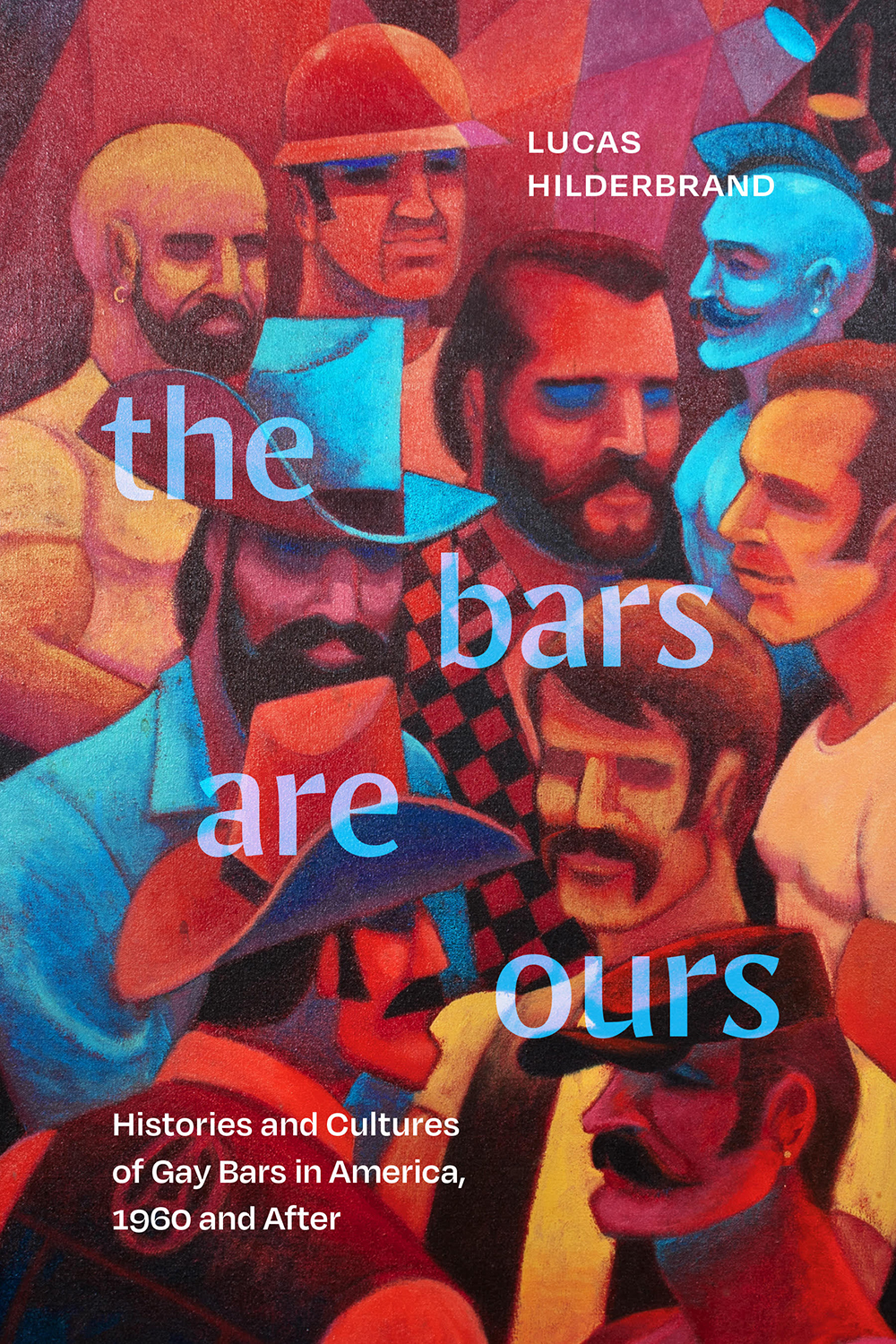

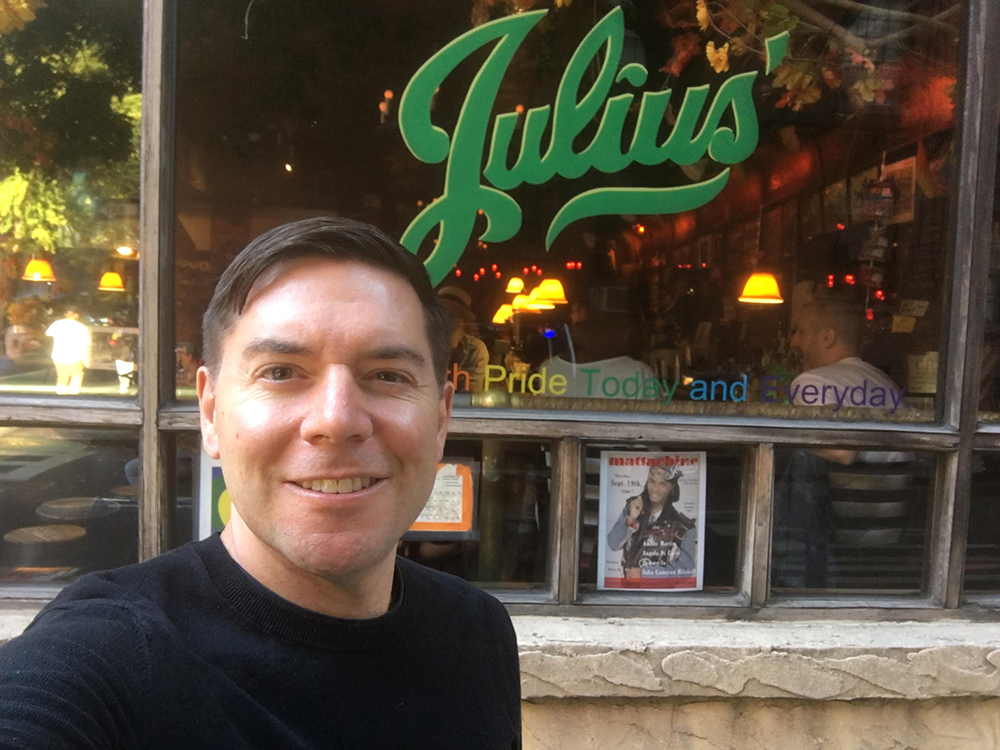
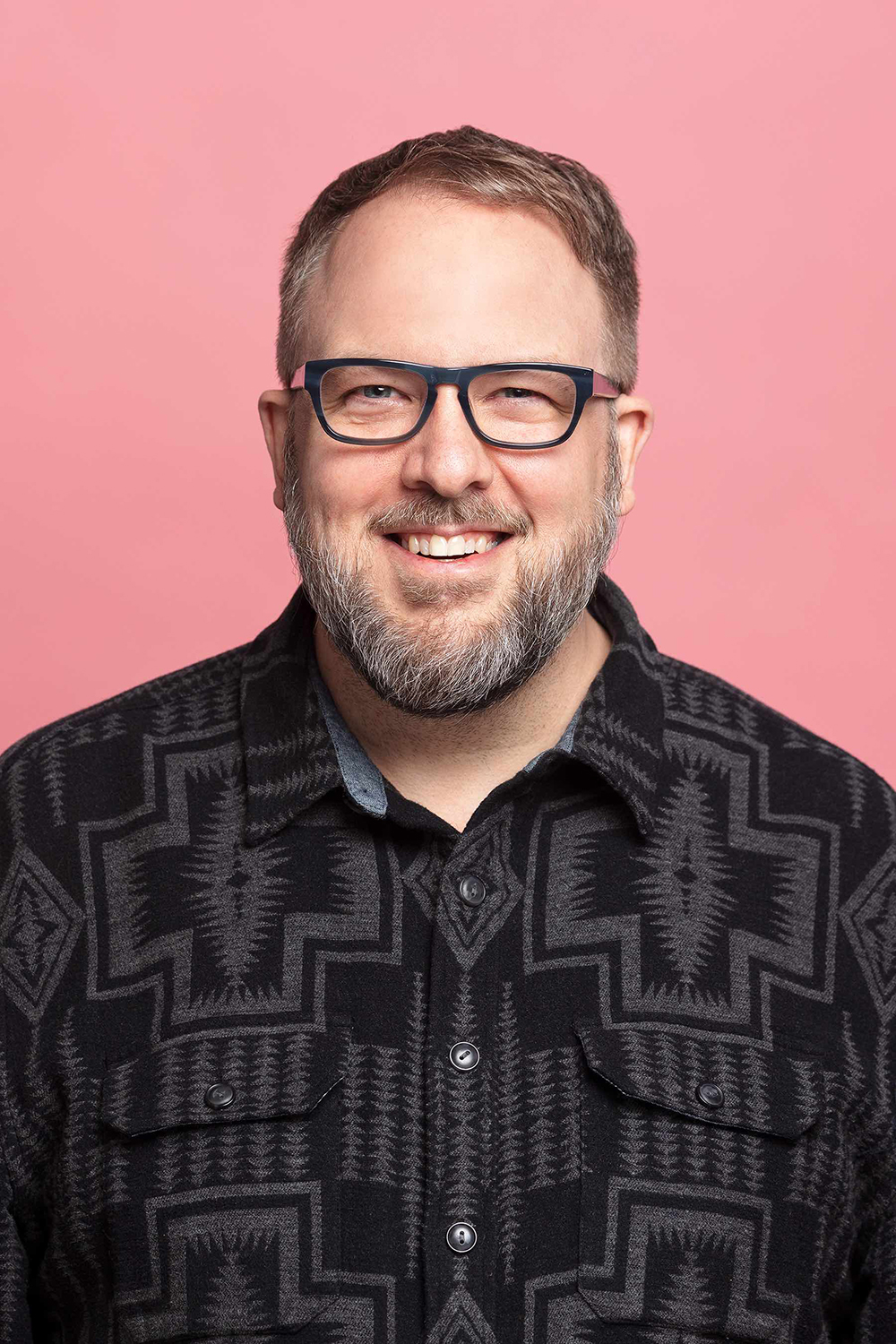



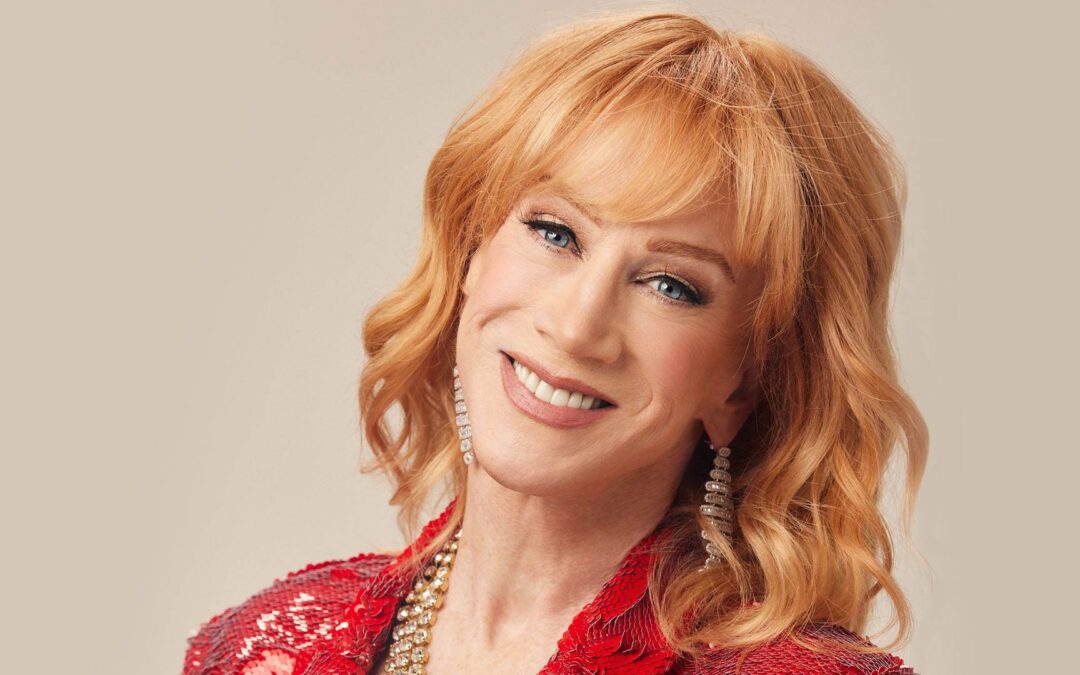
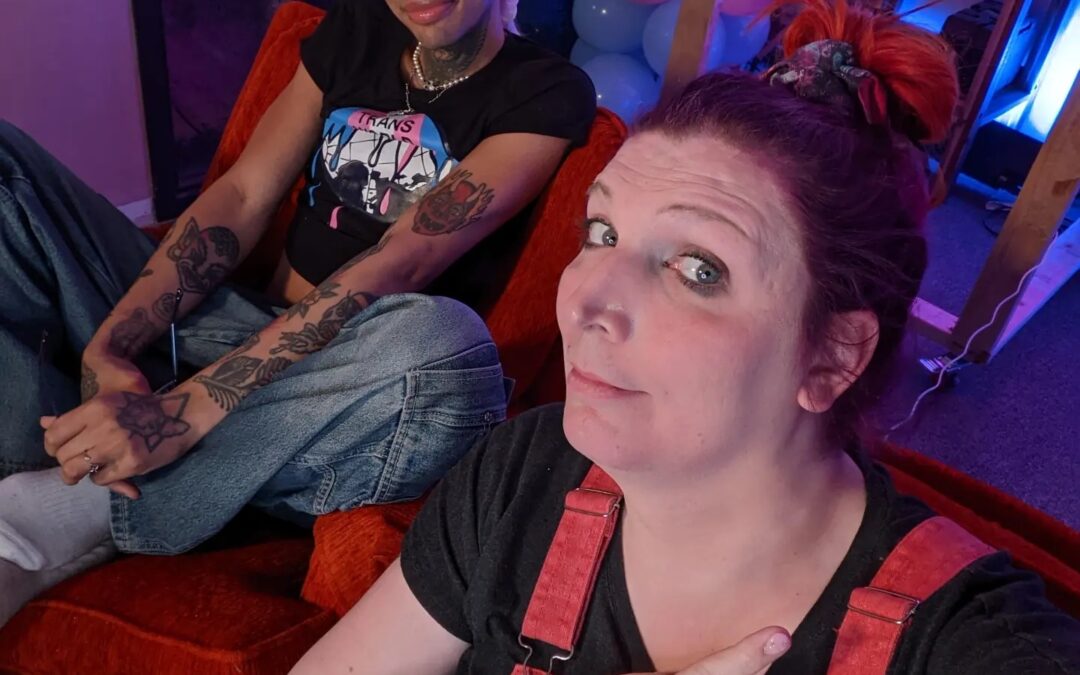
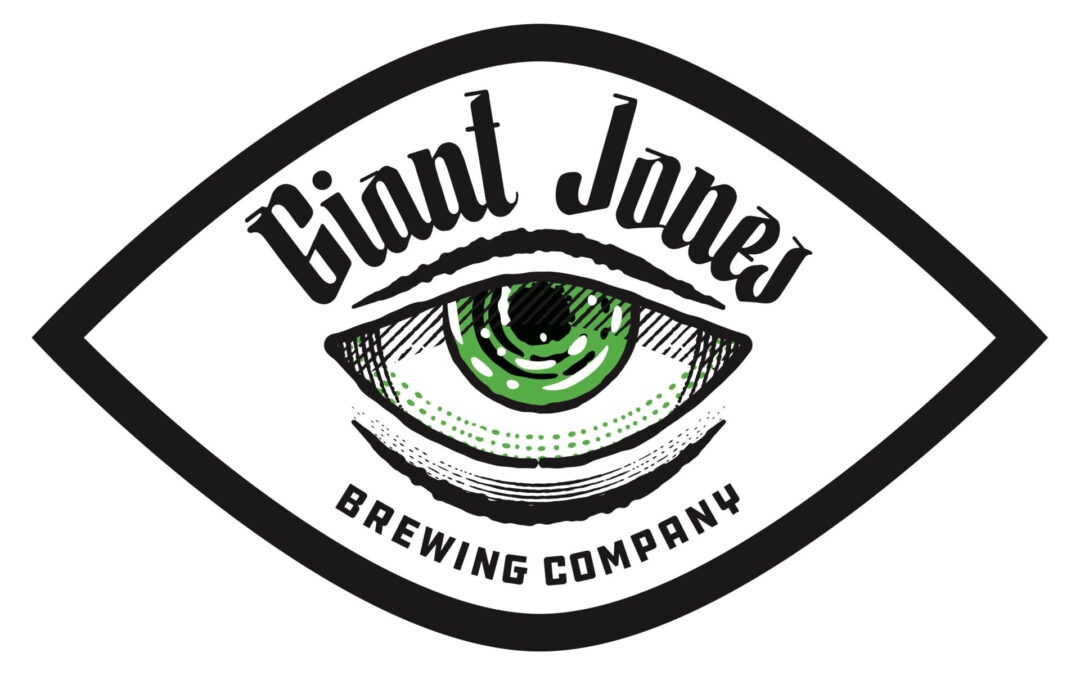
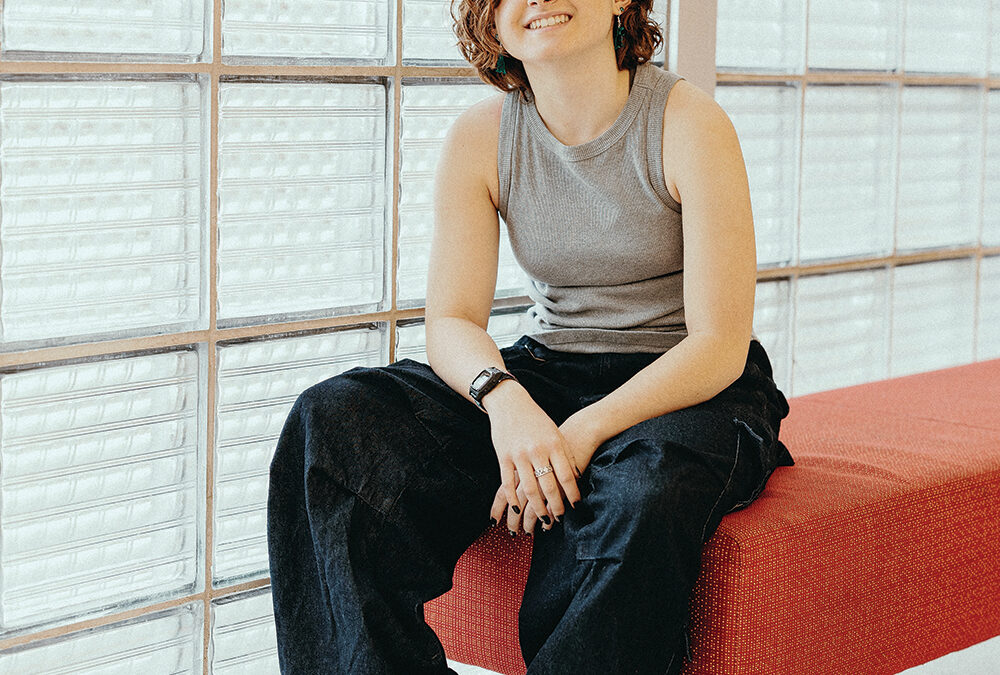
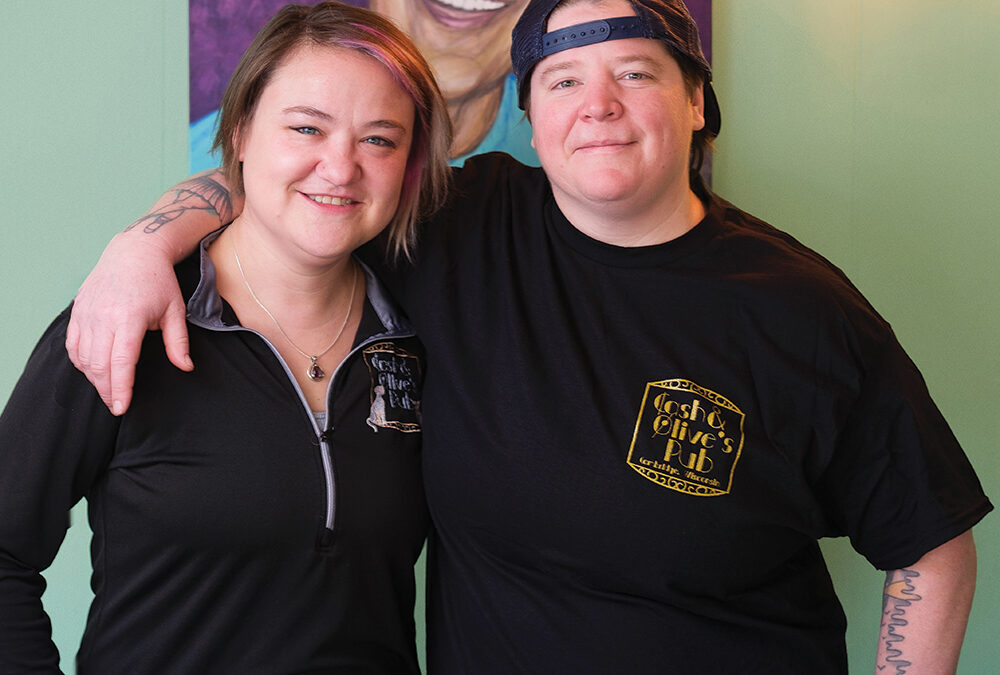
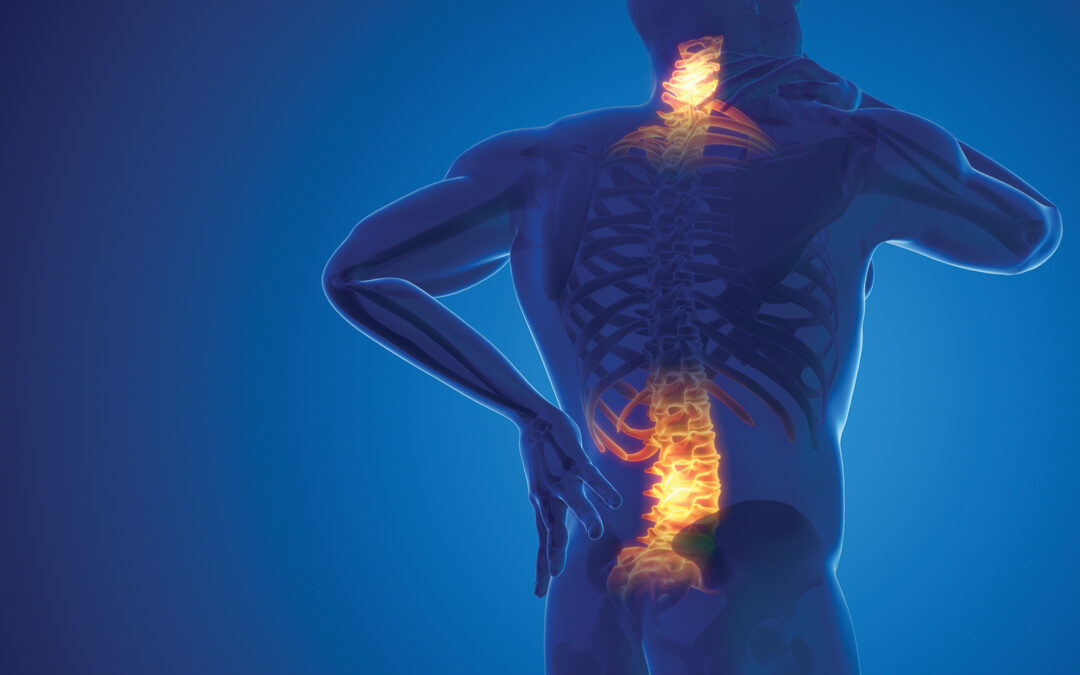
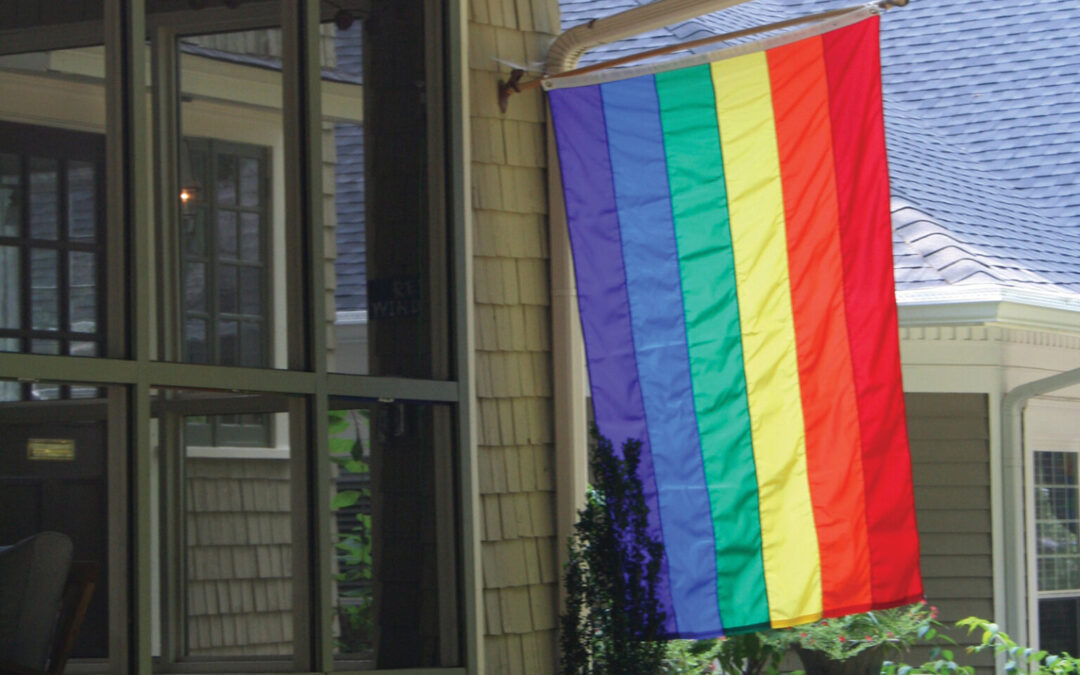
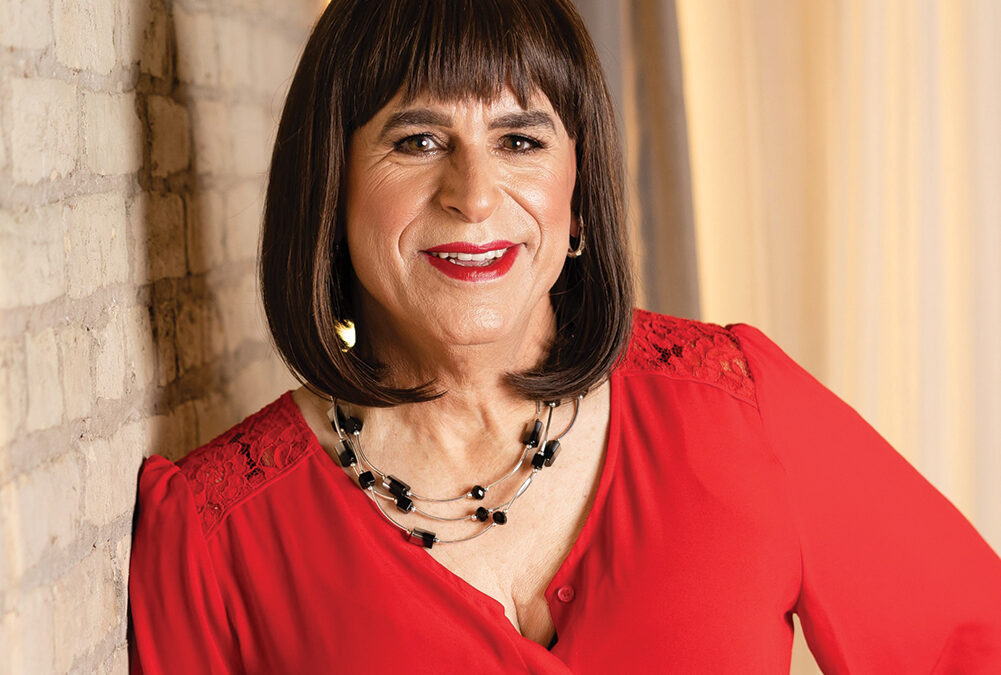
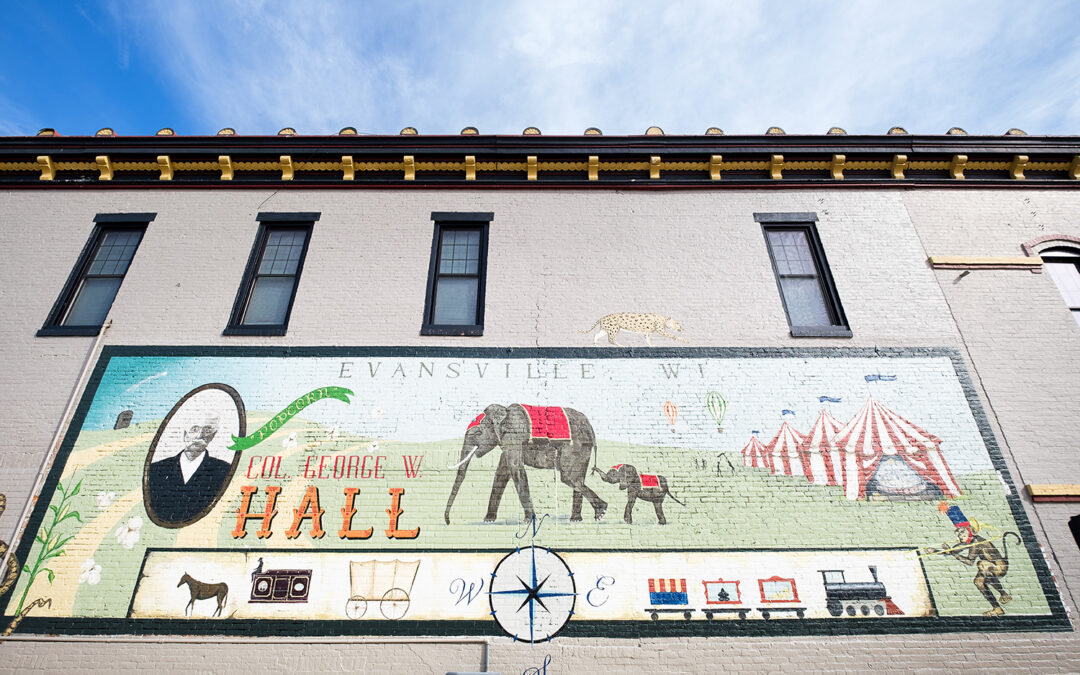
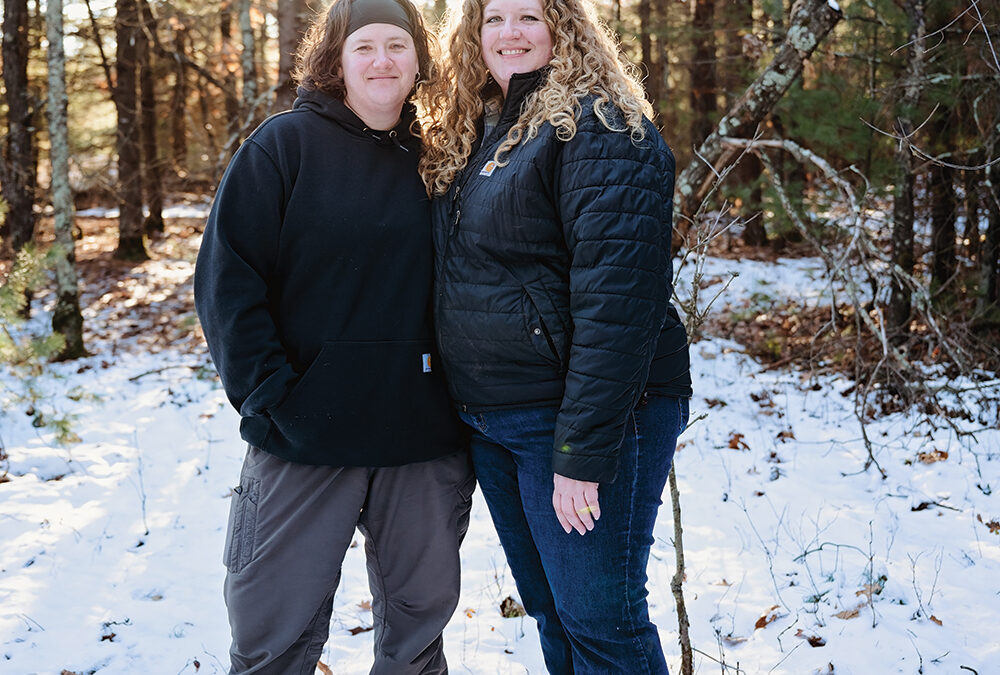




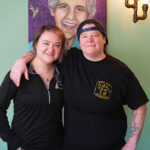
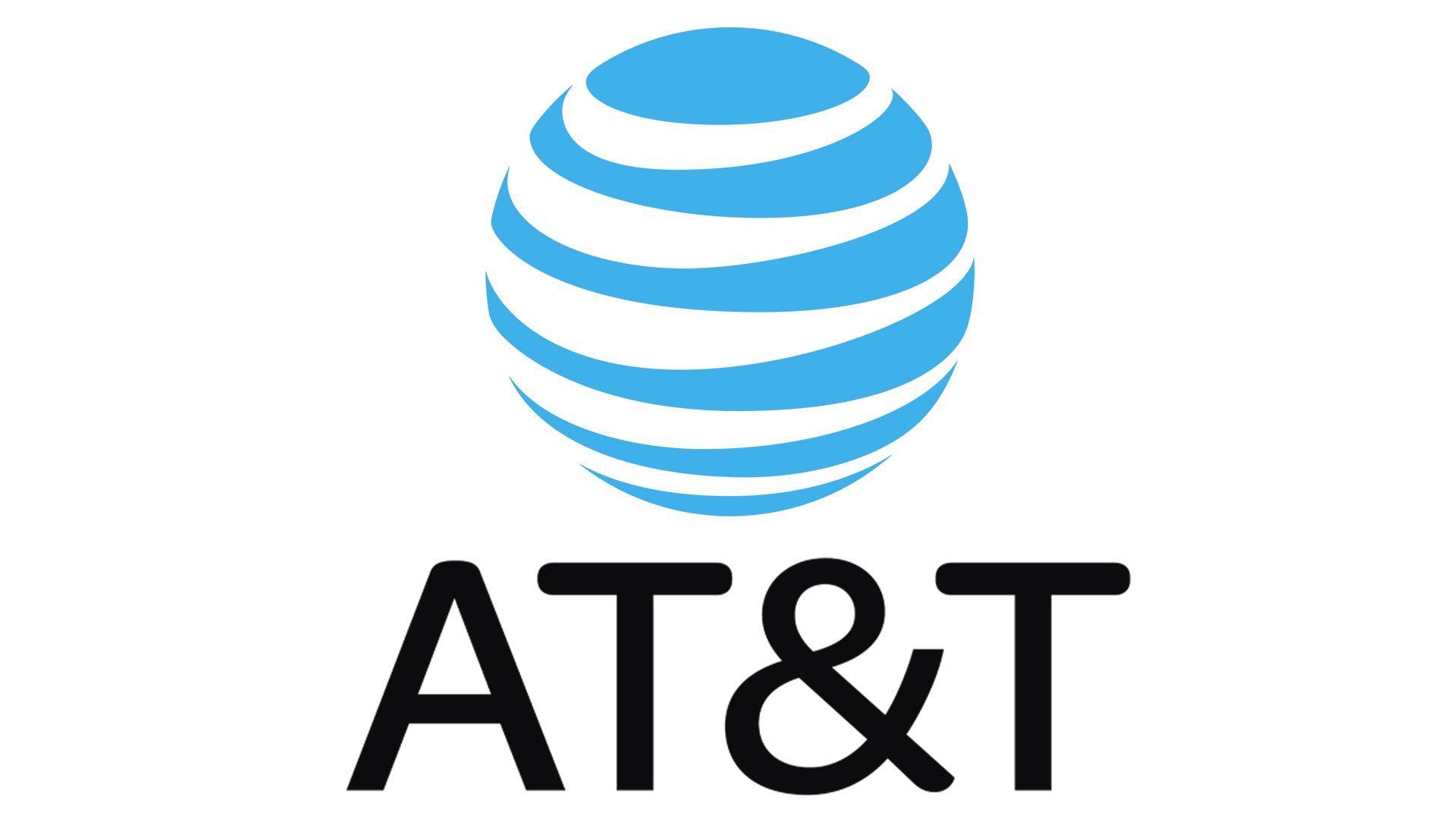
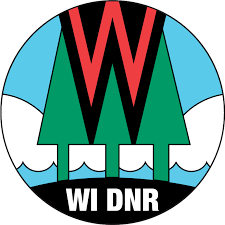
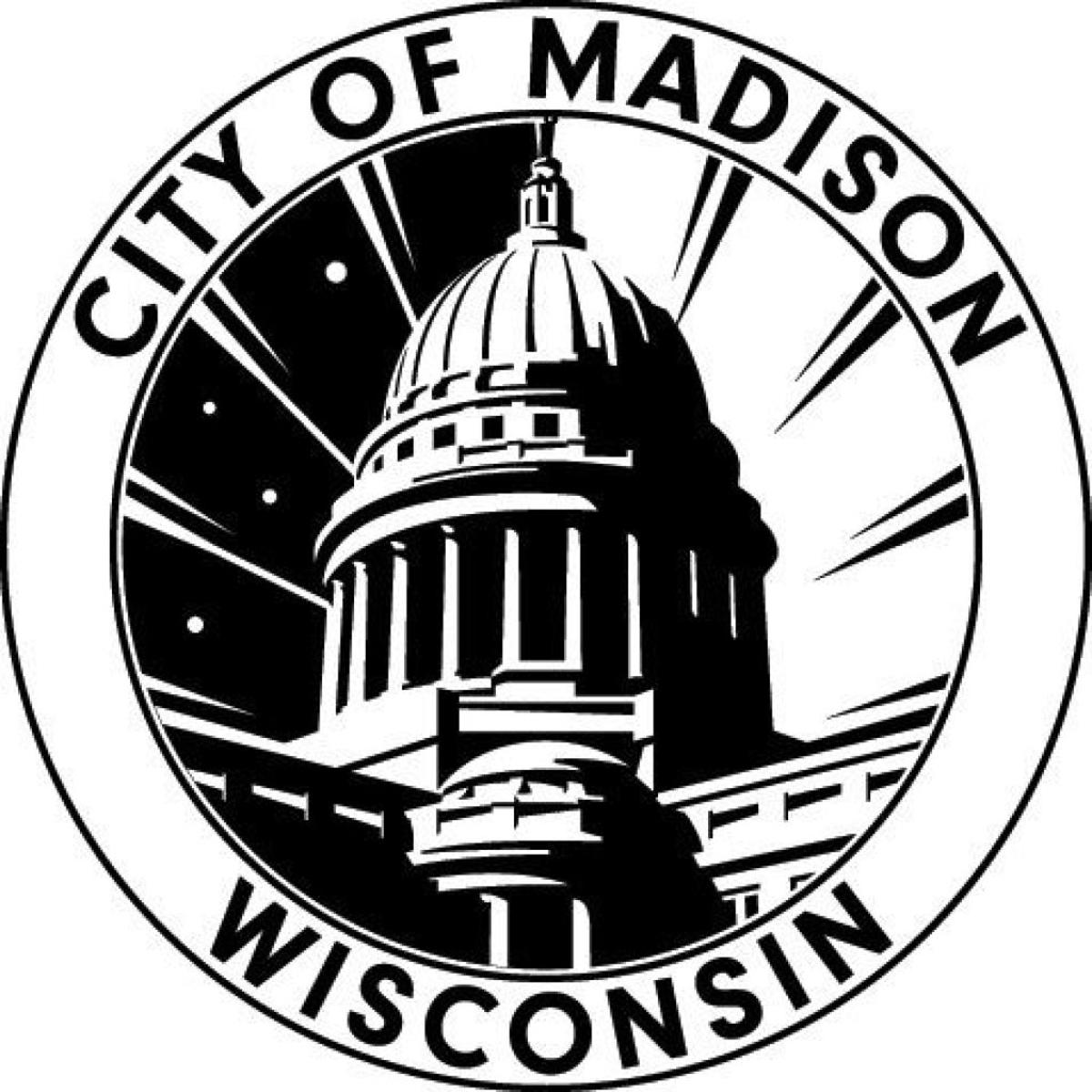

0 Comments